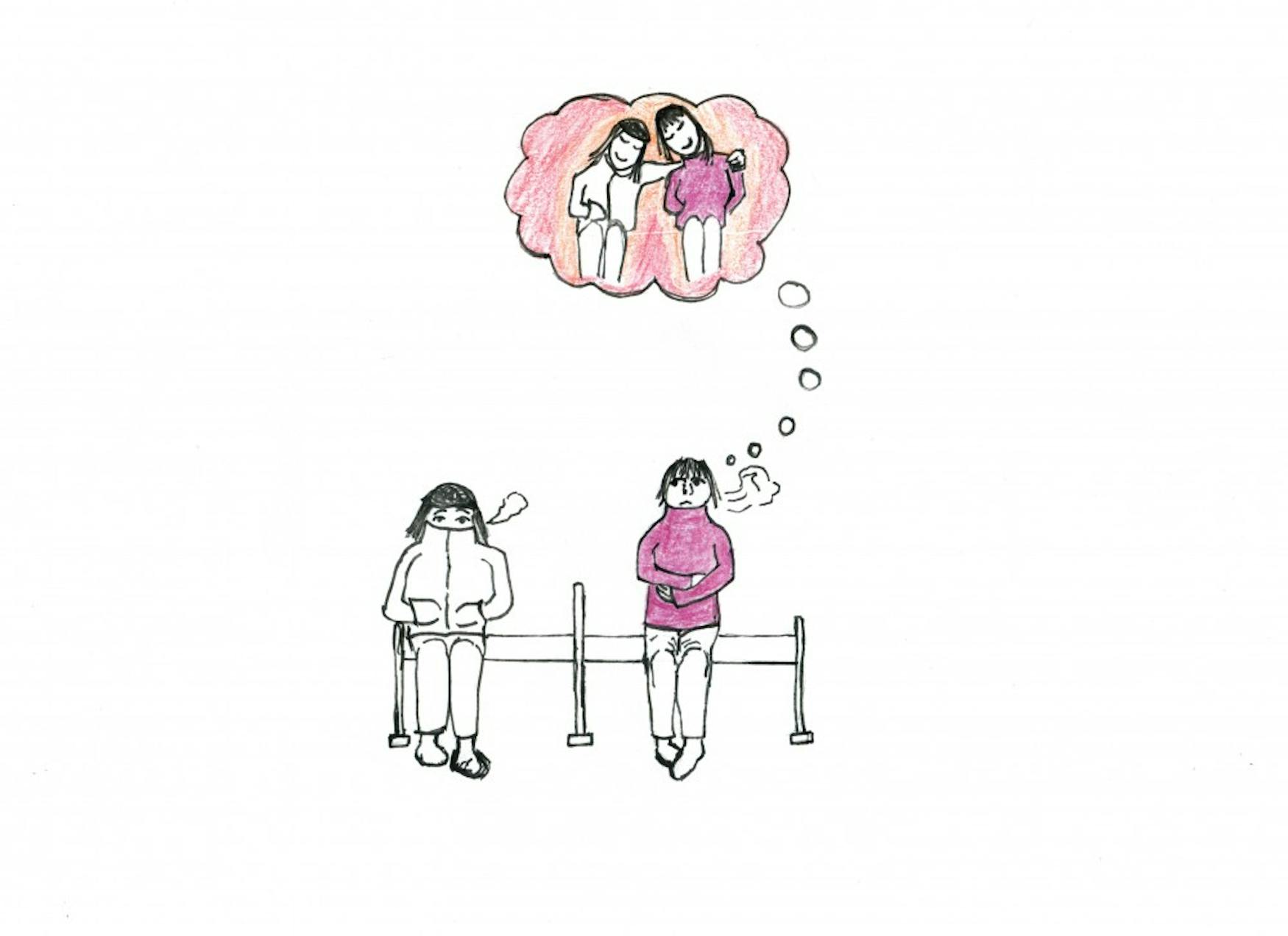EDITORIAL: Can this be the last BranVan editorial?
Last Thursday, Boston experienced nearly record-breaking freezing temperatures, according to CBS Boston. On such a cold day, the BranVan really had a chance to shine: extra vans could have been chartered to handle the mass of students who did not want to walk outdoors in a 14 degrees Fahrenheit windchill, the reservations system could have been streamlined to enable impromptu rides, and space heaters or designated indoor waiting areas could have been utilized. Unfortunately, in typical BranVan fashion, no emergency plan was put in place and the vans ran as inefficiently as usual.
As vans ran late, students were stuck outside with protection against the strong winds. When shuttles were too crowded, students were seen squatting in the corner rather than waiting 15 minutes (or more!) for the next one. The University should have put space heaters in place at the three major stations — the Rabb steps, Admissions and the Charles River stop — to make waiting for the van a more comfortable and, frankly, safer experience. Moreover, enclosing the stops or putting up temporary extra shelters would help shelter the many additional students resorting to the BranVan due to frigid temperatures. Now, many BranVan drivers do not linger at stops long enough for students waiting in the Admissions building or inside the Usdan Student Center to claim a seat, but they should be instructed to do so. Needs change over time; quick pickups and drop-offs may work well in the warmer months, but that system should be modified to accommodate winter conditions.
The extreme cold thrust issues of poor stations and long wait times into the limelight, but the truth is that the BranVan almost never functions well. The reservations system requires students to reserve rides at least an hour in advance, effectively preventing them from visiting Waltham on a whim. The van is also often late to its Waltham pickups, and stops are not clearly marked. For students, then, a casual visit to Waltham is often fraught with worries about having to trudge miles back to campus or pay for an expensive ride. University President Ron Liebowitz claims “appreciation” of the City of Waltham, per BrandeisNOW — this dissonance is quite ironic.
Brandeis should look at pairing with the MBTA, Boston’s public transportation system, or with a ridesharing company to provide better services to students. The commuter rail stops in Waltham near Moody street and Cafe on the Common — two popular student destinations. The University should consider negotiating for the one-stop rail ride to be made free for students, or for students to have reduced-price passes for local buses. We need reliable, consistent transportation, and the city of Boston has already established a working system.
Should Brandeis prefer to work with private corporations, this board beseeches the University to establish a relationship with Lyft to replace or supplement the BranVan and Waltham shuttle systems. At the University of Southern California, students can use Lyft for free within certain areas to ensure safe travels at night. A similar system would benefit commuter students taking night classes, students who work in Waltham or even students simply looking to spend an evening in town.
Should these improvements seem miniscule or ineffective, the administration is free to peruse our 2011, 2013, 2017, January 2018 and October 2018 editorials on the subject for additional suggestions.



Please note All comments are eligible for publication in The Justice.